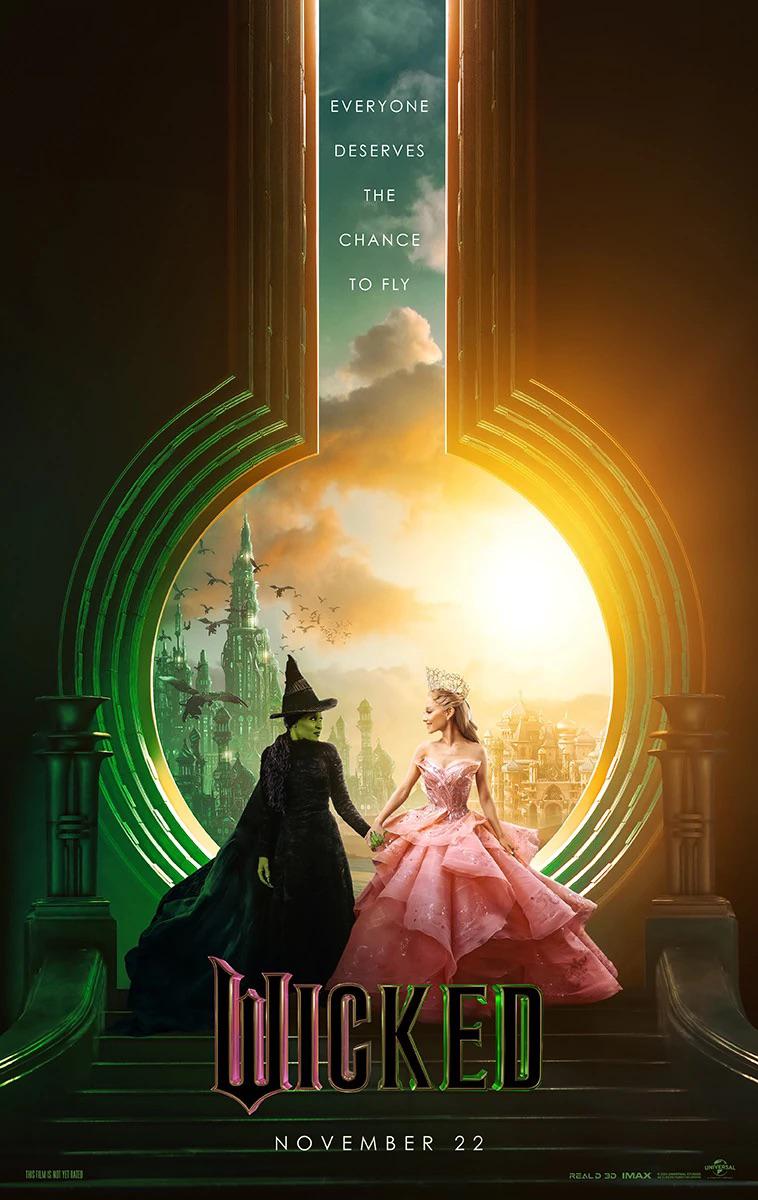
A few powerful scenes stand out for their visual flair and thematic depth. One such moment is Elphaba's dance at the Ozdust Ballroom, which contrasts her raw, instinctive movements with the structured, socialized behavior of the crowd. Her dance shows her desire to connect without conforming to societal expectations, and Glinda's decision to join her highlights a moment of genuine connection.
This distinction between instinctive behavior and social norms reflects Elphaba's empathy towards Animals in the story. Her raw expression during the dance hints at her deep connection with those beyond rigid societal constructs.
Other standout scenes include the "Loathing" number and "Dancing Through Life." The "Loathing" sequence playfully shows the clash between Elphaba and Glinda, while "Dancing Through Life" emphasizes the carefree attitude of Fiyero and the contrast between self-expression and conformity. Glinda's elaborate performance contrasts with Elphaba's raw authenticity, underscoring the tension between fitting in and being true to oneself.
The set design of Wicked, especially the library, deserves mention. The rotating bookcases, steel catwalks, and gears made the environment feel meticulously crafted, as if every detail was added to accommodate for physics and to enhance the atmosphere.
Wicked uses dance and movement to illustrate its characters' journeys, with Elphaba's first dance being a powerful portrayal of authenticity breaking through societal expectations. The movie effectively depicts two characters navigating their own paths—one driven by instinct and empathy, the other learning to embrace authenticity.
9/10